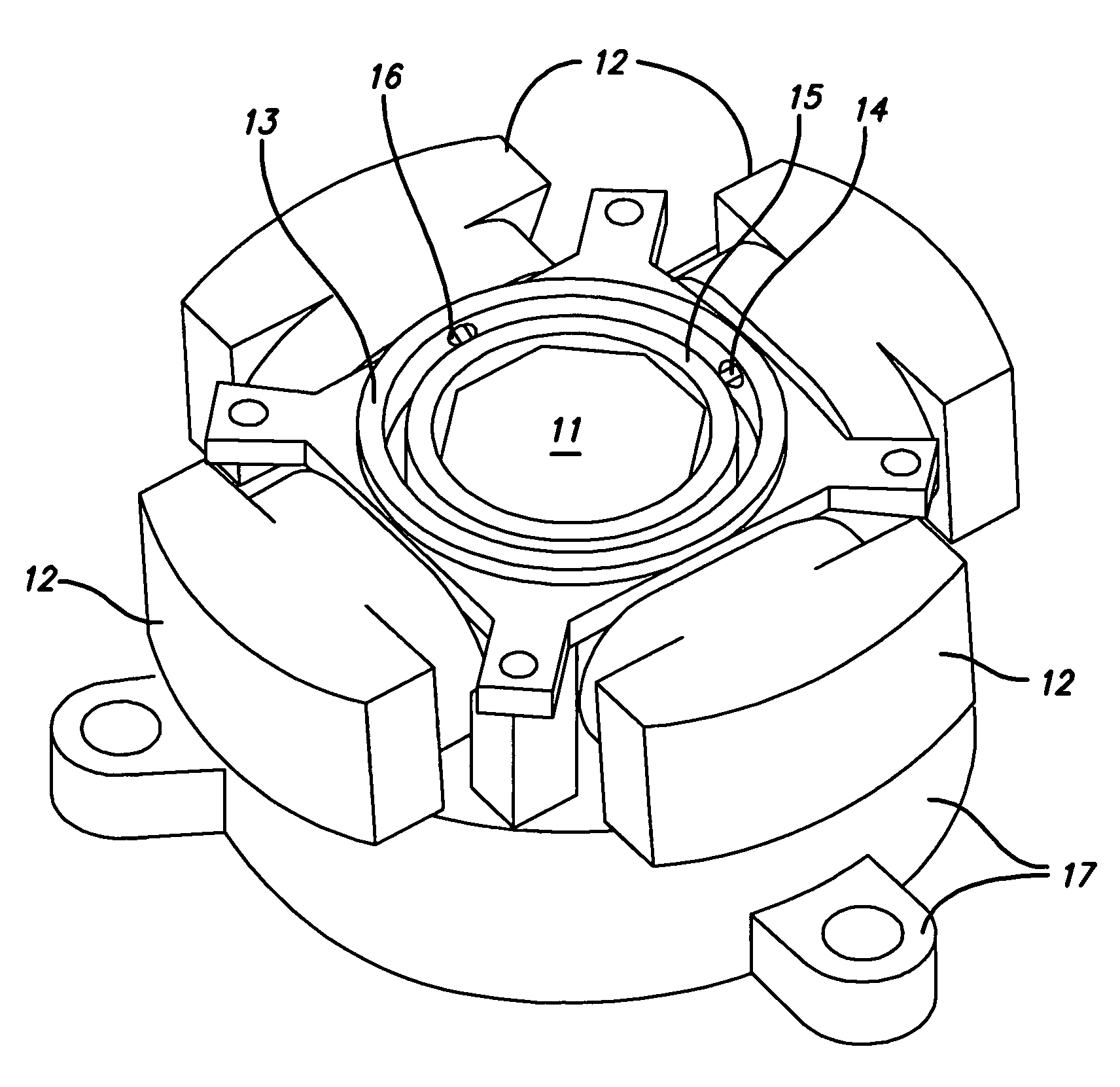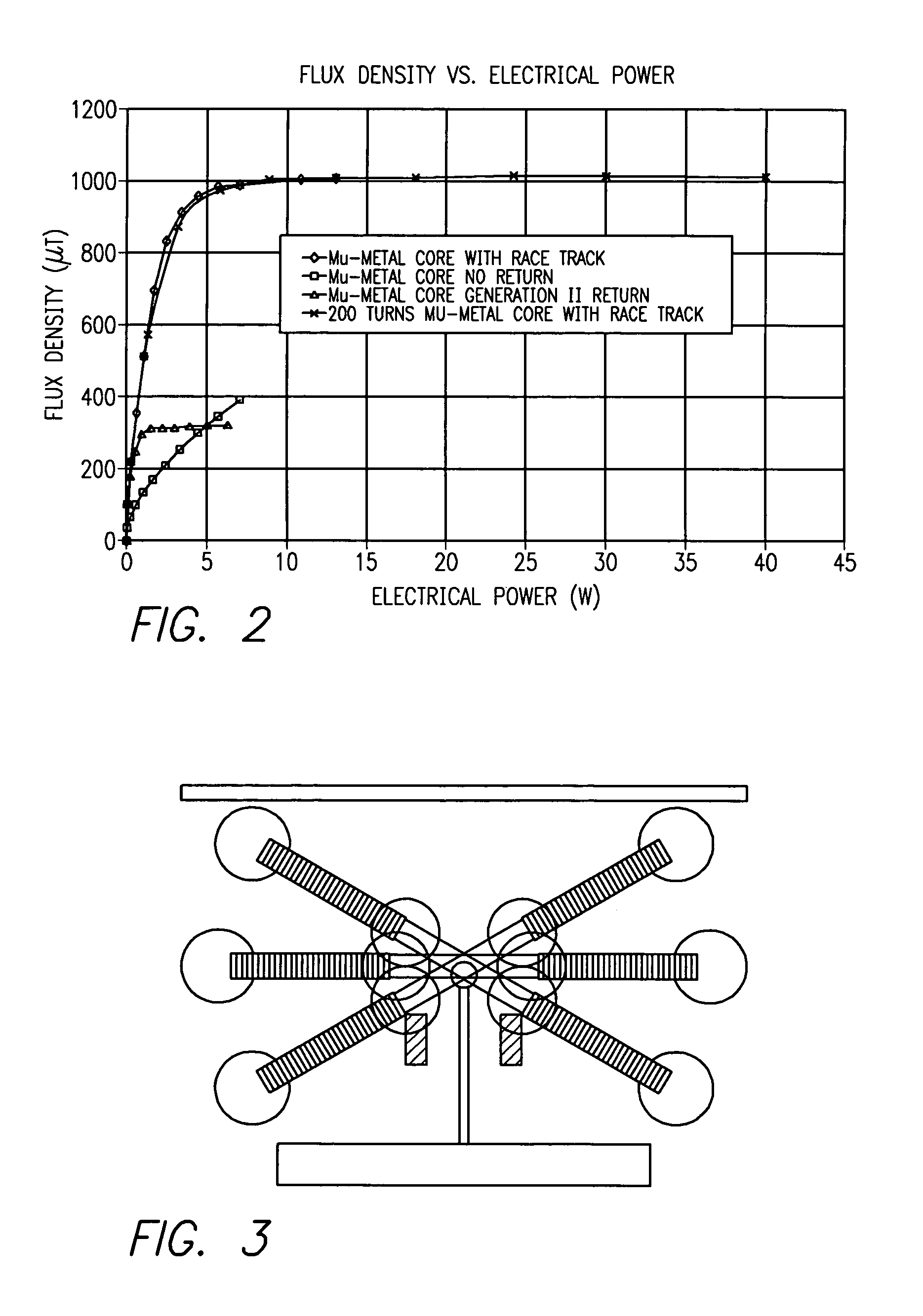Optical system
a technology of optical system and optical axis, applied in the field of optical system, can solve the problems of large aperture mems device, inability to provide translational stability in x, y, and z axes, and earlier mems device or other steering mirror concept to provide the adequate increase aperture, etc., to achieve the effect of reducing friction in the mechanism and enormous difference in the potential speed of pointing adjustmen
- Summary
- Abstract
- Description
- Claims
- Application Information
AI Technical Summary
Benefits of technology
Problems solved by technology
Method used
Image
Examples
Embodiment Construction
[0148]Preferred embodiments of our invention provide an optically agile imaging system, with related methods, based upon certain active optical components—in combination with a servoed-beam-steering subsystem according to the coowned patent documents listed earlier. The result encompasses a small, lightweight and relatively economical sensor technology.
[0149]This technology is most typically, but not necessarily, for use with small unmanned vehicles—whether aerial or otherwise—as well as manned craft and indeed stationary installations. Preferred embodiments of the invention have several practical applications mentioned earlier.
[0150]The resulting capabilities enable e. g. commercial air traffic systems, astronautical operations and military agencies to enjoy very greatly enhanced but low-cost imaging—including persistent surveillance and pointing. Advanced imaging, using electronically addressable pointing and imaging capability without a conventional gimbal, enclosing the entire o...
PUM
 Login to View More
Login to View More Abstract
Description
Claims
Application Information
 Login to View More
Login to View More - R&D
- Intellectual Property
- Life Sciences
- Materials
- Tech Scout
- Unparalleled Data Quality
- Higher Quality Content
- 60% Fewer Hallucinations
Browse by: Latest US Patents, China's latest patents, Technical Efficacy Thesaurus, Application Domain, Technology Topic, Popular Technical Reports.
© 2025 PatSnap. All rights reserved.Legal|Privacy policy|Modern Slavery Act Transparency Statement|Sitemap|About US| Contact US: help@patsnap.com



